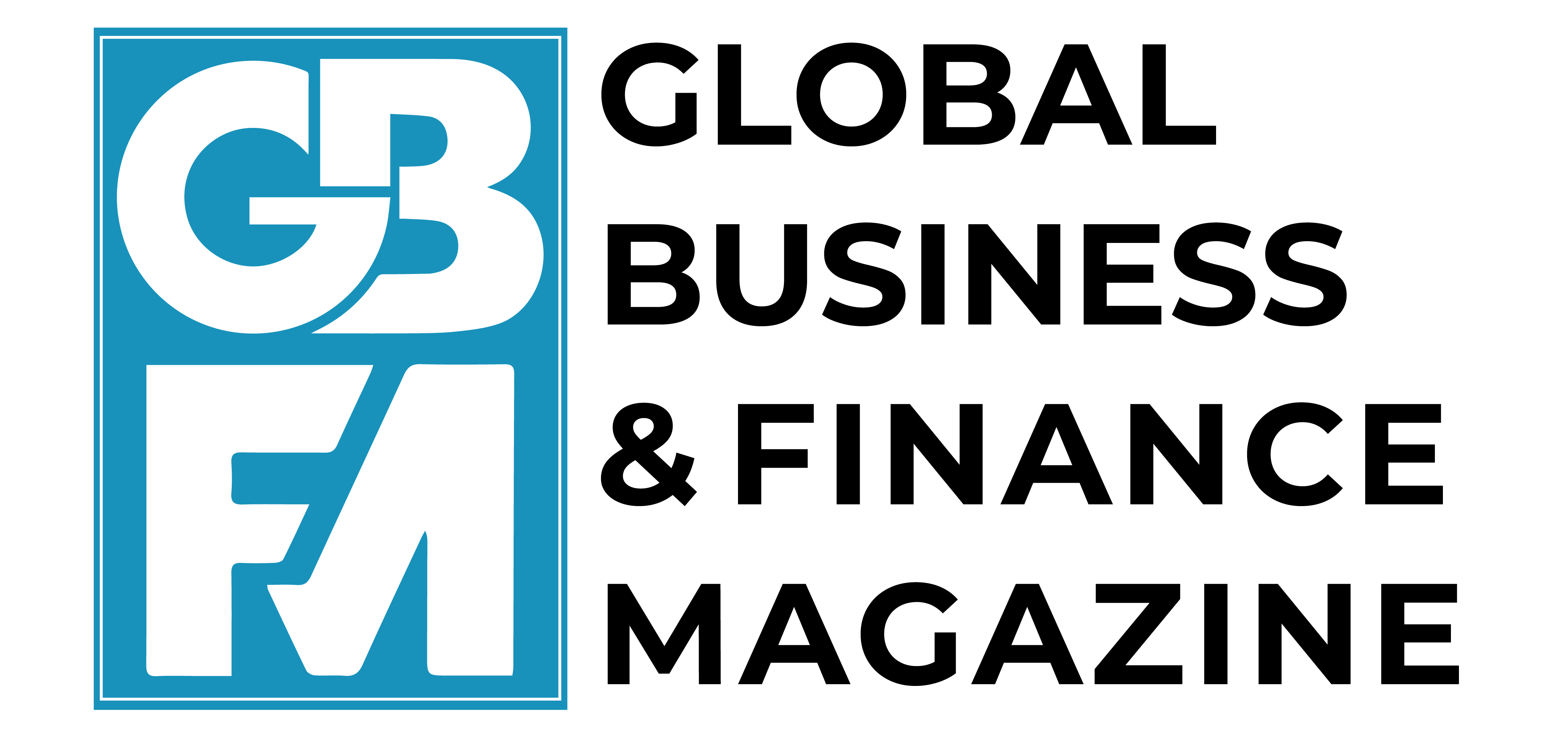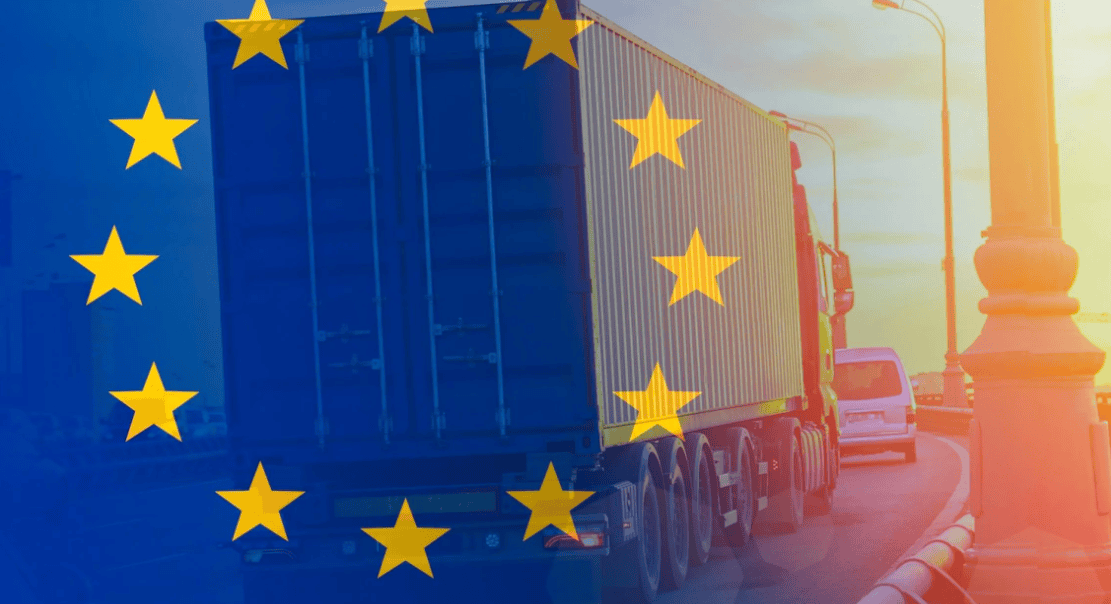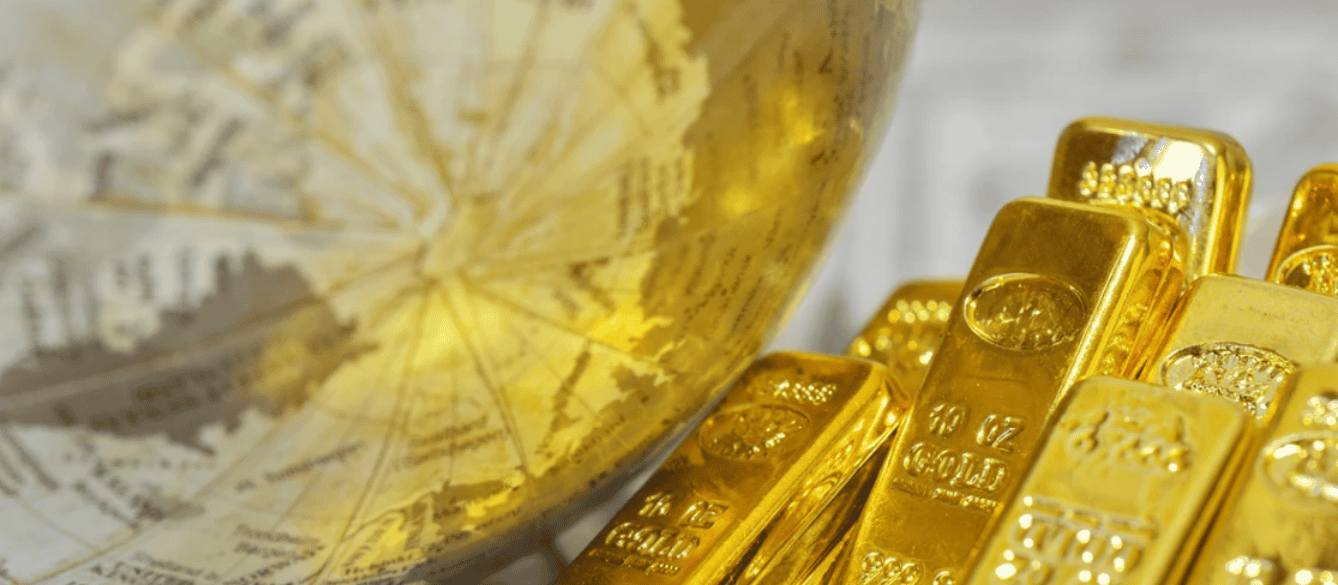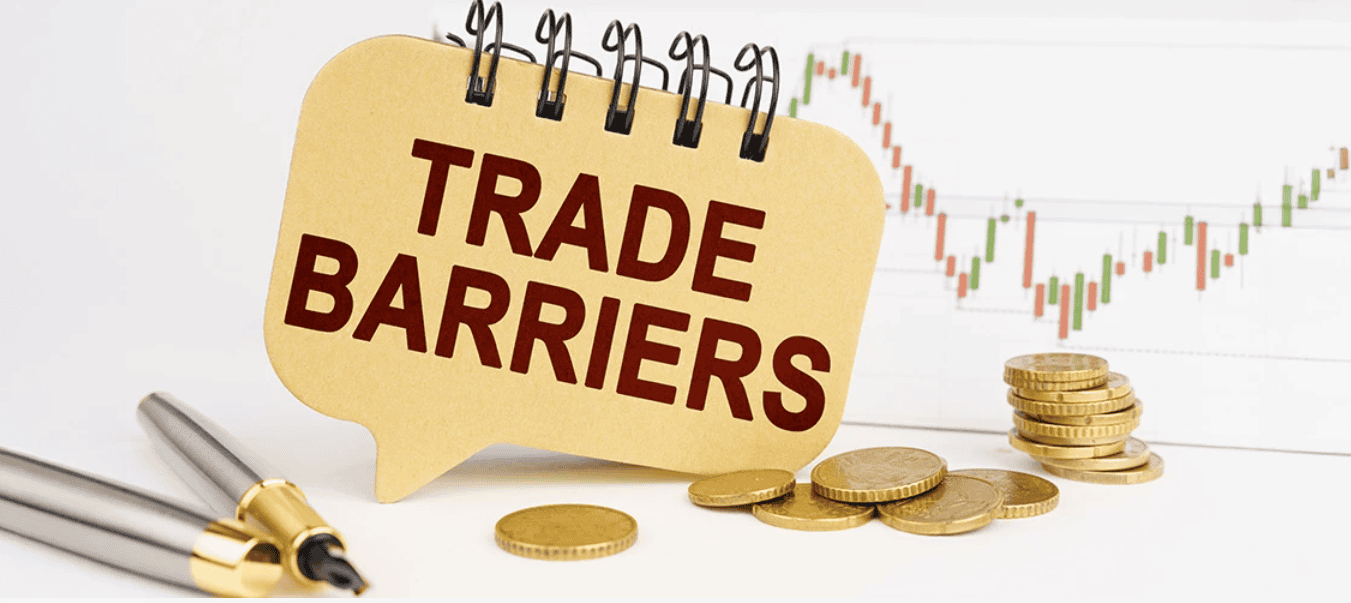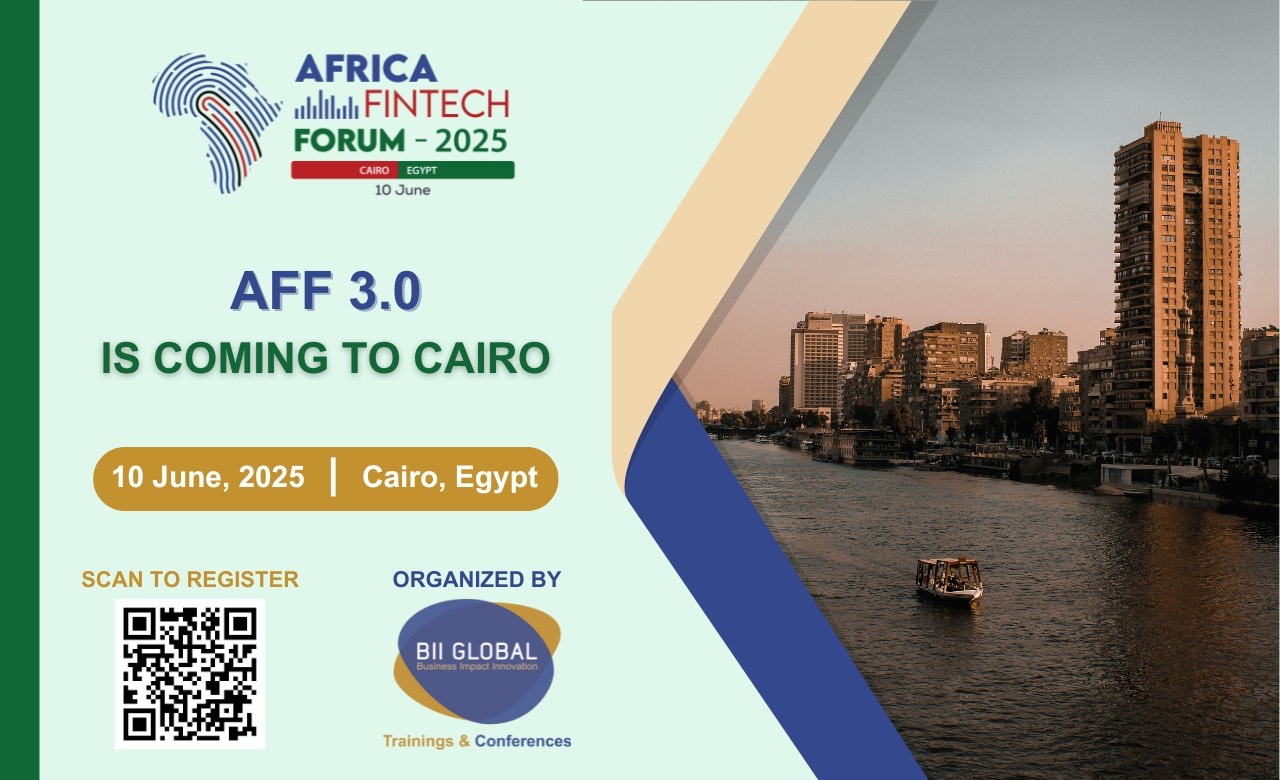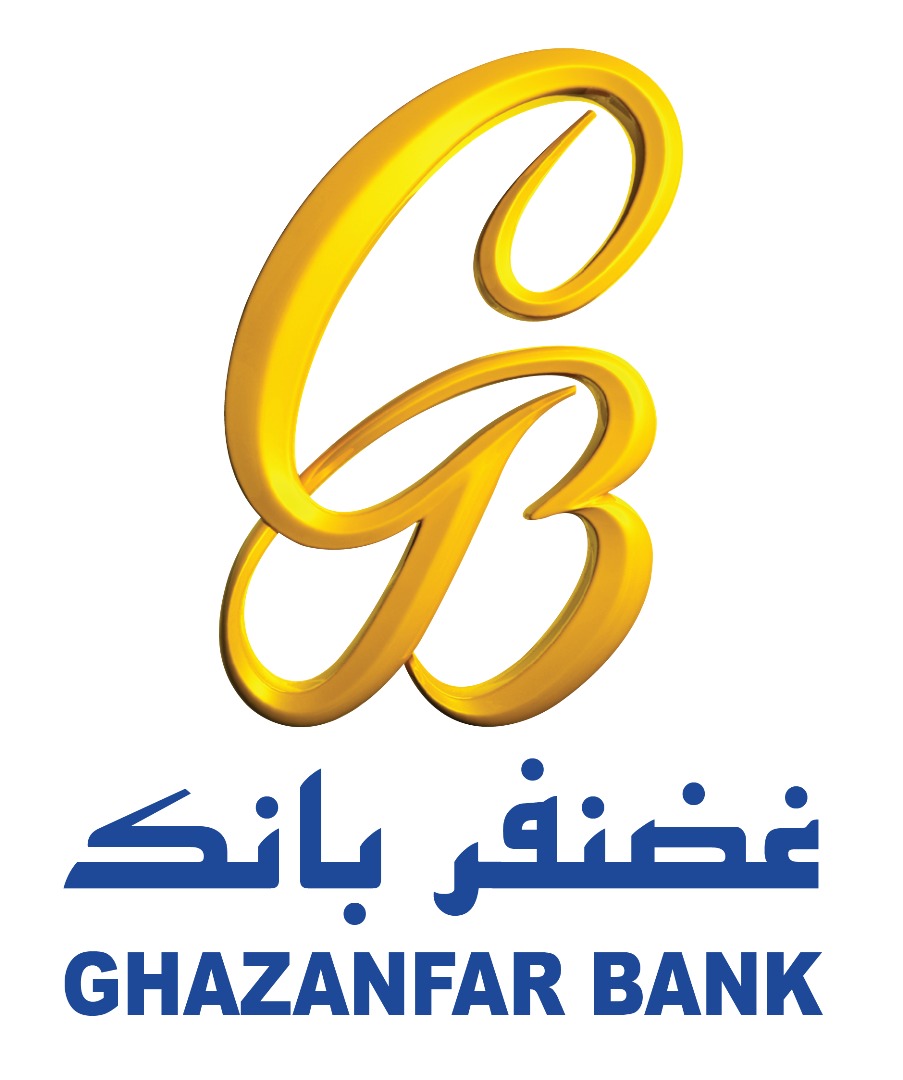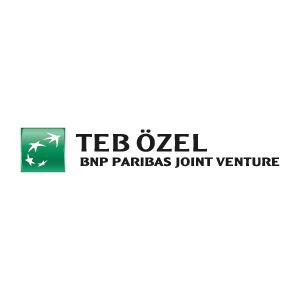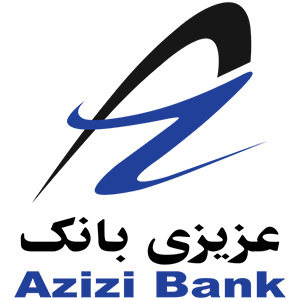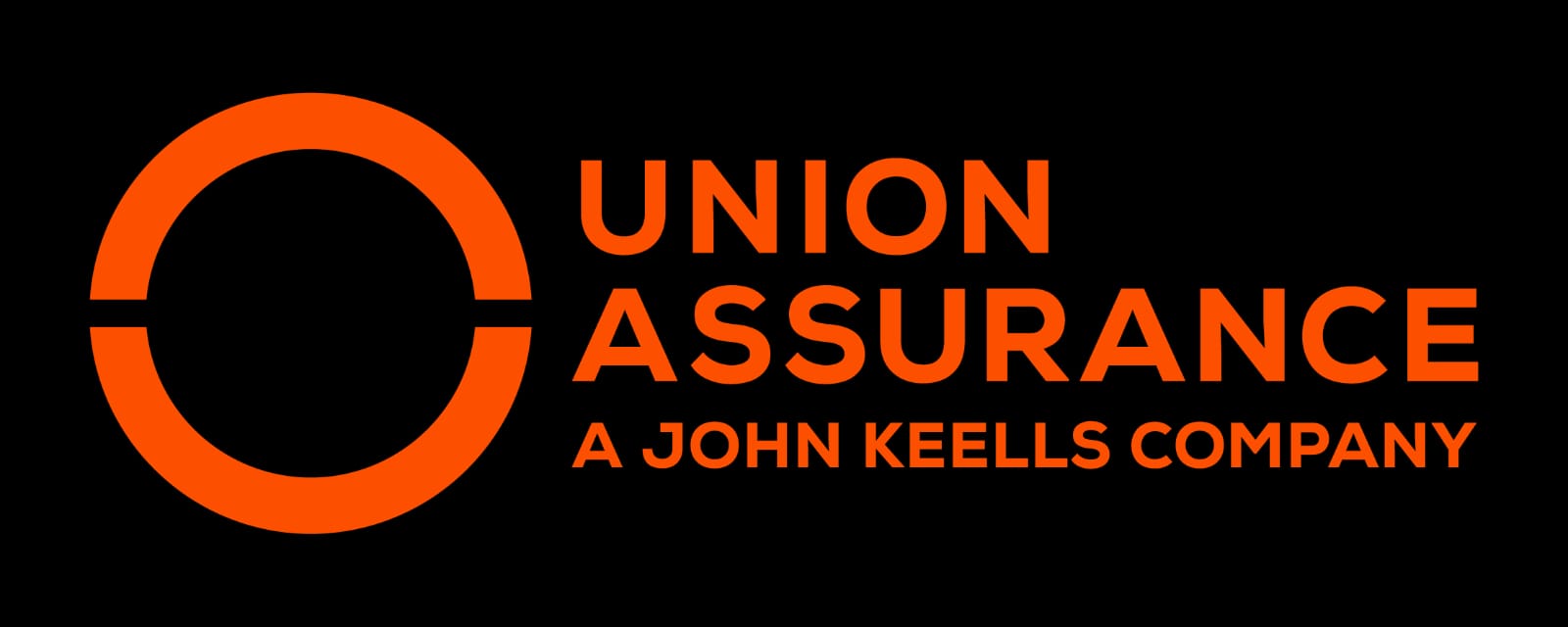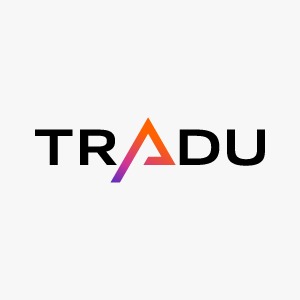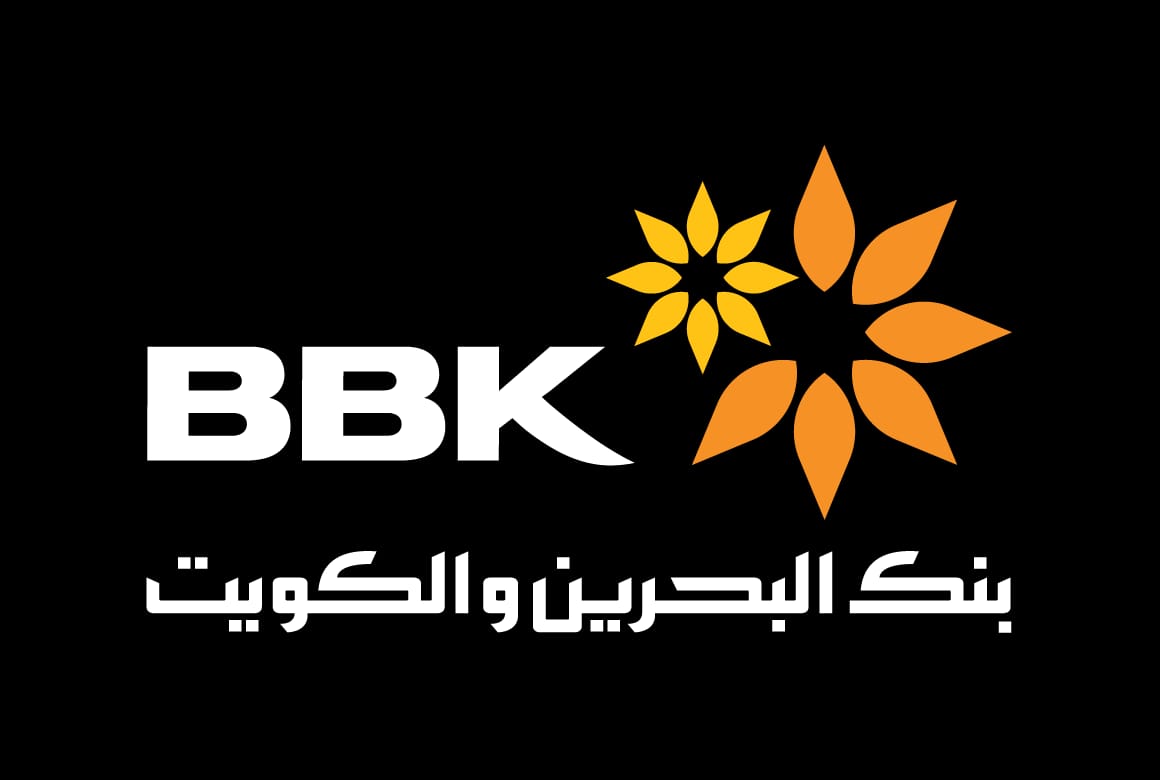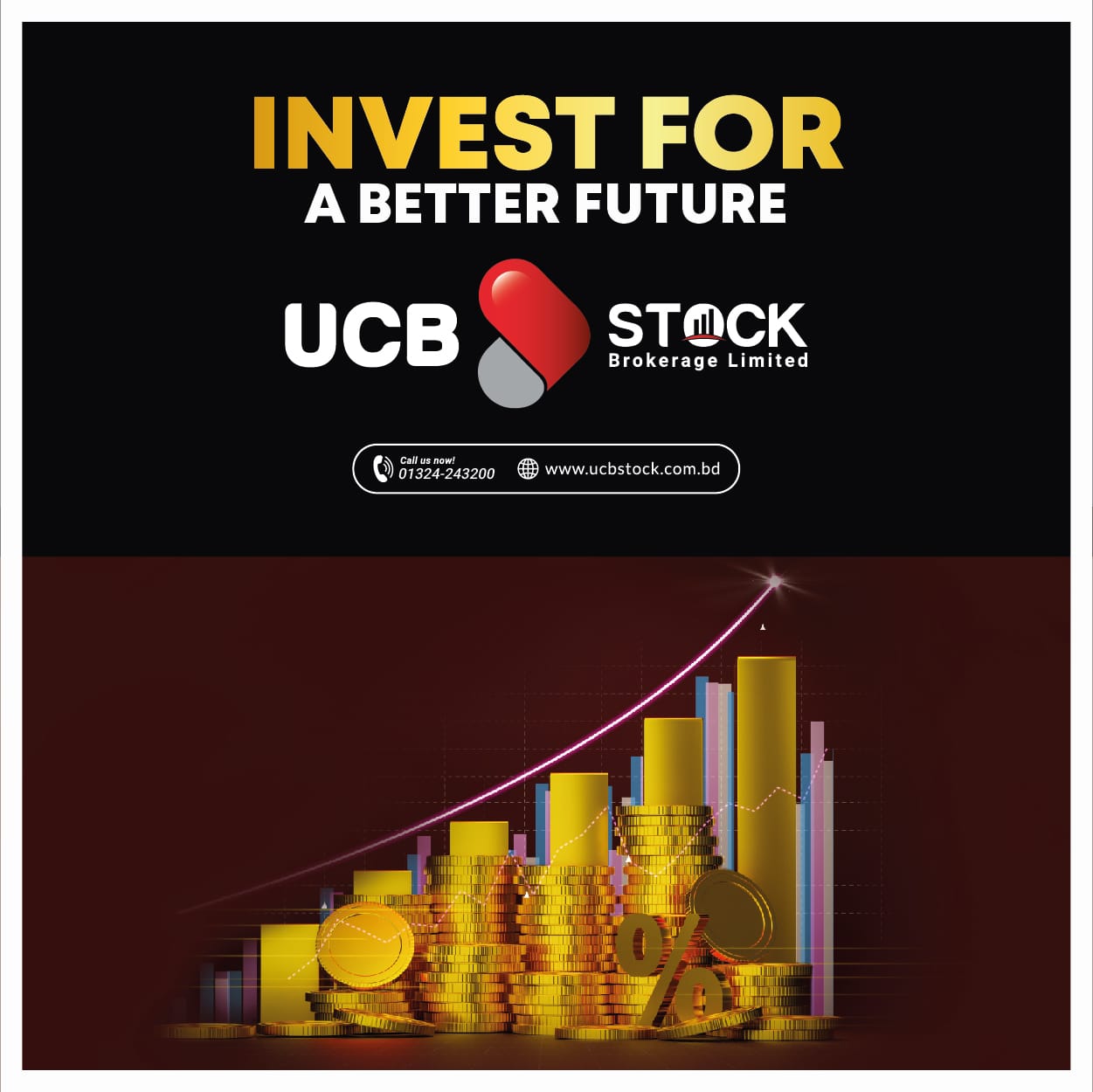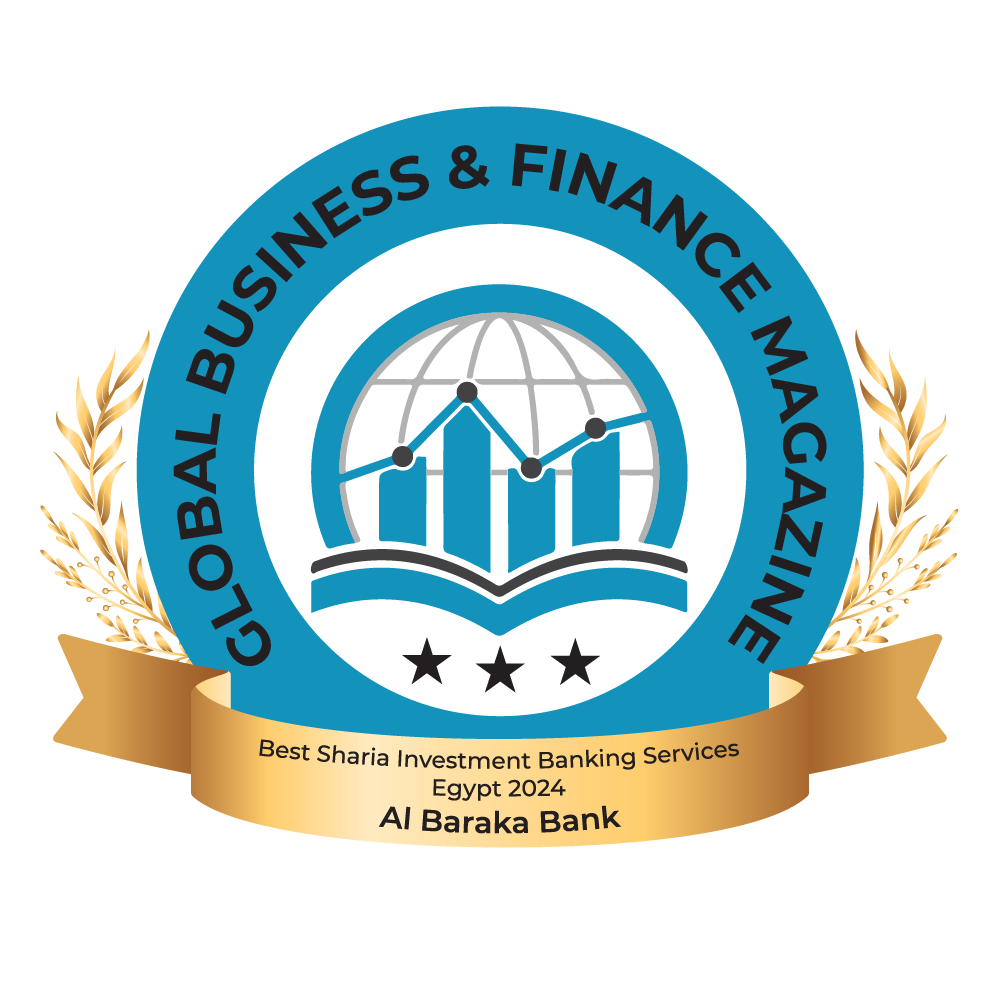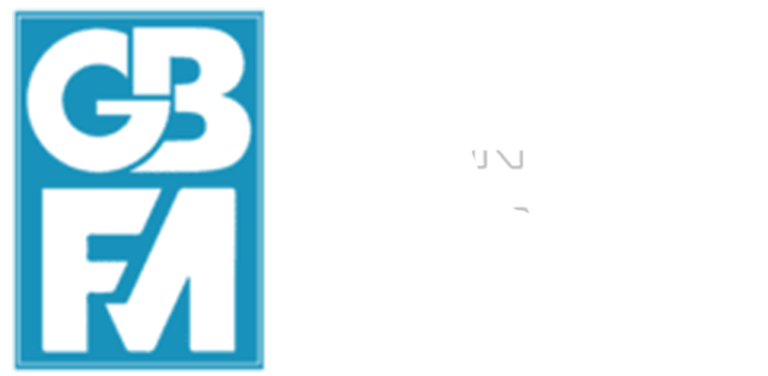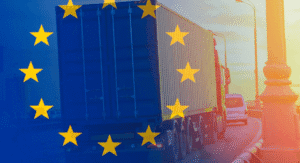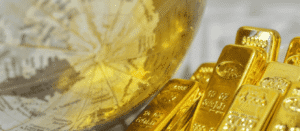Russia’s 2014 invasion of Ukraine has devastated Ukraine’s scientific productivity. This column examines the war’s impact on Ukrainian research output, drawing on a dataset of over half a million journal articles by researchers affiliated with over 15,000 Ukrainian institutions. Military conflict significantly reduced research activity, particularly in natural sciences, engineering, and the social sciences, with researchers in occupied regions experiencing sharp declines in publications and international collaborations. The findings highlight the profound disruption to Ukraine’s academic landscape and the urgent need for targeted support to rebuild scientific infrastructure for Ukraine’s post-war recovery.
While much attention has rightly focused on the human (Patrinos et al. 2022, Égert and de la Maisonneuve 2023, Bezvershenko et al. 2025), economic (Djankov and Blinov 2022, Carletti et al. 2024), and infrastructural (Green et al. 2023) toll of Russia’s invasion of Ukraine, less has been said about its impact on Ukrainian science. In a recent study (Guariglia et al. 2025), we analyse how the 2014 invasion affected the productivity of Ukrainian scholars.
Drawing on a unique dataset of over half a million journal articles from the Scopus database, we trace the publication and citation patterns of researchers affiliated with more than 15,000 Ukrainian institutions. By comparing researchers based in Russian-occupied regions (including Crimea and the occupied areas of Donetsk and Luhansk) to those in unoccupied Ukraine, we assess how military conflict and occupation have reshaped Ukraine’s scientific landscape.
Our findings indicate a sharp decline in research activity in regions exposed to active hostilities, corroborating earlier reports emphasising the detrimental impacts of war on scientific output and academic collaboration (Ganguli and Waldinger 2024). Researchers affiliated with institutions in the occupied parts of Donetsk and Luhansk saw a significant drop in both the quantity and quality of their academic output after 2014. The average number of publications per researcher in these regions fell by more than 20% relative to neighbouring regions. Citation counts – an important proxy for impact and visibility – also declined. These trends suggest that war not only reduced the volume of research produced but also disrupted scholarly networks and weakened the overall influence of affected researchers.
The annexation of Crimea produced a markedly different pattern. In contrast to Donbas, researchers affiliated with institutions in Crimea published more papers after 2014. However, this increase did not reflect improved research conditions or quality. Rather, the uptick was largely driven by a surge in publications in Russian journals, many of which have lower visibility and quality metrics.
We also observe important variation across disciplines (Figure 1). The war had especially detrimental effects on research in natural sciences, engineering, and the social sciences, especially in the war regions. These fields typically rely heavily on collaboration, international mobility, and access to laboratories or equipment – all of which were disrupted by the conflict. Health and medical sciences, by contrast, appeared to be more resilient, likely due to their critical relevance during both wartime and the COVID-19 pandemic.
Figure 1 Effects of the war on papers published in different disciplines


Notes: This figure plots the effects of the war on papers published in different disciplines by authors affiliated with institutions/universities in the occupied parts of Donetsk and Luhansk (top panel) and Crimea (bottom panel). The figure is obtained by estimating a difference-in-difference regression for a dependent variable Number of Papers, differentiating papers by discipline using the bordering regions (Kharkiv, Zaporizhzhia, Dnipro, and Kherson) as a control group. Relevant confidence intervals are also reported. All regressions include author and year fixed effects.
Another concerning trend is the weakening of international research networks among scientists in the affected regions (Figure 2). The average number of co-authors per publication fell in Donetsk and Luhansk after 2014, indicating that scholars in these areas became more isolated.
Figure 2 Effects of the war on number of co-authors in different disciplines


Notes: The figure plots fixed-effects estimates of the DiD coefficients (together with the relevant confidence intervals) in a regression whereby the dependent variable is the number of co-authors of Ukrainian scientists differentiated by discipline. In the left-hand-side panel, the treatment group includes the occupied parts of Donetsk and Luhansk. In the right-hand-side panel, it is Crimea. In both panels, the control group comprises all unoccupied regions of Ukraine. All regressions include author and year fixed effects.
To better understand whether these changes were truly war-induced or simply part of broader trends, we compared multiple control groups and estimation techniques. Across all specifications, the results proved robust. In fact, when we focused on the most productive Ukrainian researchers – those with more than ten publications before the war – we found that they were disproportionately affected by the conflict. Their average publication rate declined even more than that of the general sample.
Conversely, when we excluded Russian journals from our analysis, the publication jump in Crimea all but vanished. This suggests that the observed rise in output was not the result of higher productivity in a global sense, but rather a shift toward Russian-dominated academic circles.
These findings carry important implications for Ukraine’s post-war recovery. A strong academic system is essential for rebuilding human capital, fostering innovation, and integrating Ukraine into the global knowledge economy. Yet many of the country’s most experienced and productive scientists have faced severe setbacks, while others have become disconnected from international research communities. Without targeted policy interventions, the damage to Ukraine’s scientific infrastructure may persist long after the war ends.
To rebuild Ukraine’s research potential, it will be essential to support scholars displaced by the conflict, reintegrate institutions from occupied regions into national academic networks, and invest in remote collaboration infrastructure. International partnerships will play a critical role in this process, both in providing material support and in helping Ukrainian researchers regain access to global platforms. Moreover, efforts to monitor and reward research quality – not just quantity – will be crucial to ensuring that post-war recovery supports meaningful scientific advancement.
In times of peace, science helps nations prosper. In times of war, it helps them survive. Our study reveals the fragility – but also the persistence – of Ukrainian research under extreme conditions. With the right support, it can also become a pillar of Ukraine’s future recovery.
Source : VOXeu

